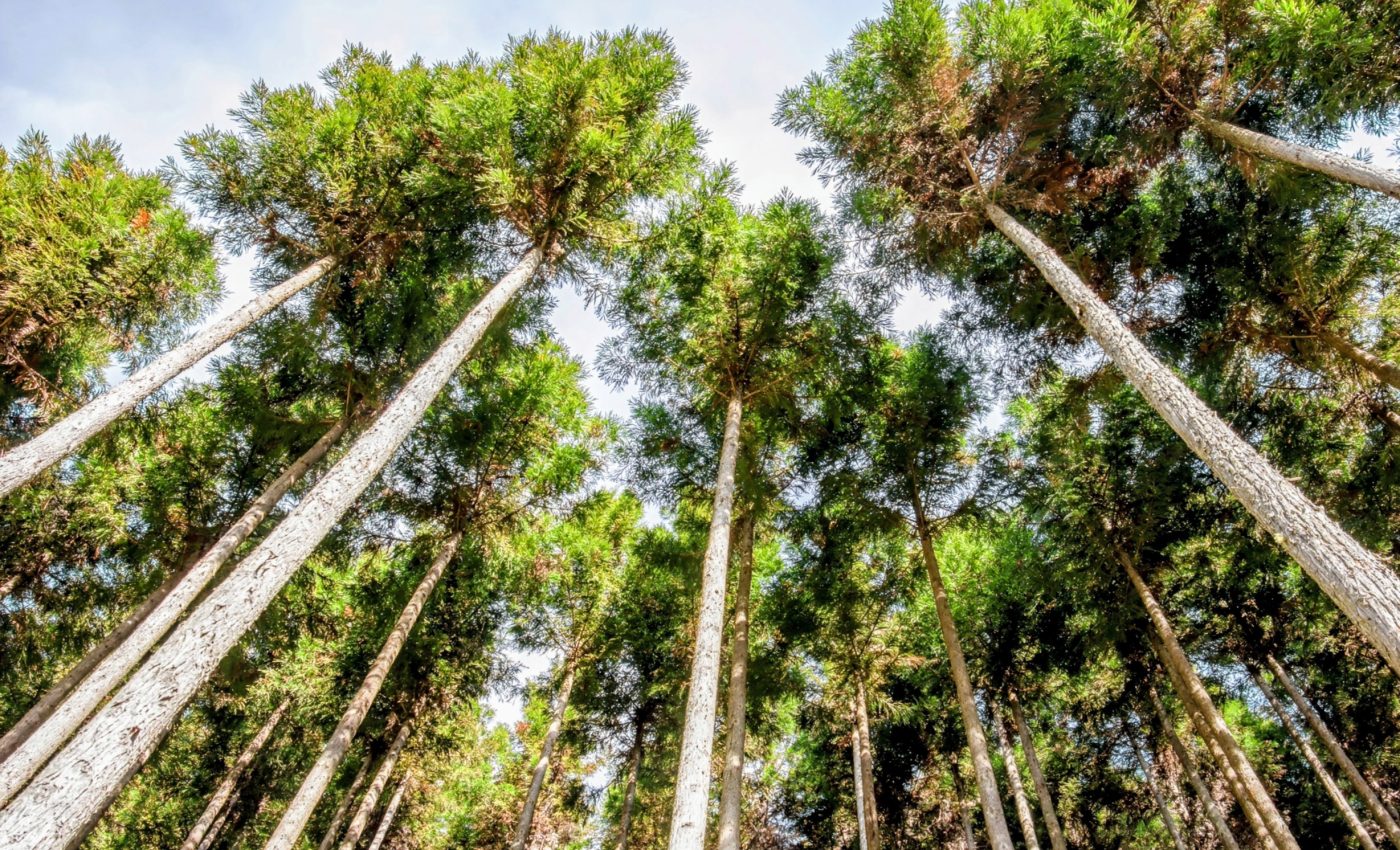
Trees cleverly adapt to withstand storms and high winds
Incredibly, trees have their own savvy ways of handling destructive winds during storms and cyclones. But, how do they do it?
This was the driving question behind a recent study conducted by an international team of researchers from Japan, Germany, and France. The experts explored the fascinating swaying behaviors of Cryptomeria japonica, also known as the Japanese Cedar.
Forests and wind stress
Let’s face it – extreme weather conditions, which include tropical and extratropical cyclones and tornadoes, are no less than calamities.
They damage our forests, leading to environmental and financial losses. Fallen trees can disrupt entire ecosystems, and cleaning up the mess is not exactly cheap.
In addition, with climate change on the rise, we can expect increasingly severe storms in the future. With this in mind, it is important that we understand how forests respond to wind stress.
How trees react to wind
This is not the first time scientists have examined the resilience of trees. However, previous studies have not given us a clear understanding of how trees react to wind across different forest configurations and weather conditions.
Recognizing this knowledge gap, the team embarked on a mission to unravel the mysteries of tree movements and wind resistance.
The research team was led by Professor Kana Kamimura, an expert in the School of Science and Technology at Shinshu University, Japan.
Other team members included Kazuki Nanko, Asako Matsumoto, and Saneyoshi Ueno from the Forestry and Forest Products Research Institute in Japan, and Barry Gardiner from the University of Freiburg in Germany and the Institut Européen de la Forêt Cultivée- IEFC, France.
Trees in various wind conditions
“Several techniques have been developed to predict wind damage. However, they largely depend on empirical data and parameters, and overlook how wind damage occurs,” noted Professor Kamimura.
“Our research aims to shed light on how winds directly impact trees and how trees reduce the stress from winds to survive.”
For the investigation, the researchers monitored the behavior of trees during various wind conditions.
Their laboratory was the great outdoors, where they set up two Cryptomeria japonica plots in November 2017 in Kasumigaura City, Japan.
The experts paid special attention to how these trees managed to dodge strong winds, gathering data over two years, including during multiple typhoons.
Trees’ secret defense strategy
The results of the study were remarkable. The researchers found that cedar trees have two distinct survival modes, depending on wind speed.
With lighter winds, the trees swayed at around 2-2.3 cycles per second, with their branches absorbing much of the wind energy. But when the winds got rough, the resilient trees switched to a slower swaying pattern, moving together as one unit.
Wind speed vs. tree density
The transition between the two swaying modes was found to depend on the wind speed and also on the forest density.
The densely populated P-100 plot made the shift at wind speeds between 1.79 and 7.44 meters per second. On the other hand, the transition happened at slightly lower wind speeds in the less dense P-50 plot.
Case of typhoon Trami
Typhoon Trami, in 2018, offered the team a real-world scenario to test their theories. They found that the thinned P-50 plot, despite its 48% resistance, suffered significant damage.
“The 52% difference between actual and expected resistance values was likely due to the roots weakening because of strong winds, even before the winds became more severe,” noted Professor Kamimura.
“This root fatigue occurred because the trees moved more due to less support from nearby trees and more wind penetrating the plot.”
Implications for forest management
The insights drawn from this study are indeed valuable. They have revealed the crucial balance between thinning practices and wind resistance in forest management.
Thinning, although helpful in promoting tree growth, can make forests more vulnerable to storms, especially soon after the thinning process.
“With more frequent storms in a changing climate, forest management practices must adapt to maintain resilience,” concluded Professor Kamimura.
So, as we face a future with more storms, let’s stand together, just like our trees, ready to sway but not break in the face of adversity.
The study is published in the journal Forest Ecology and Management.
—–
Like what you read? Subscribe to our newsletter for engaging articles, exclusive content, and the latest updates.
Check us out on EarthSnap, a free app brought to you by Eric Ralls and Earth.com.
—–













